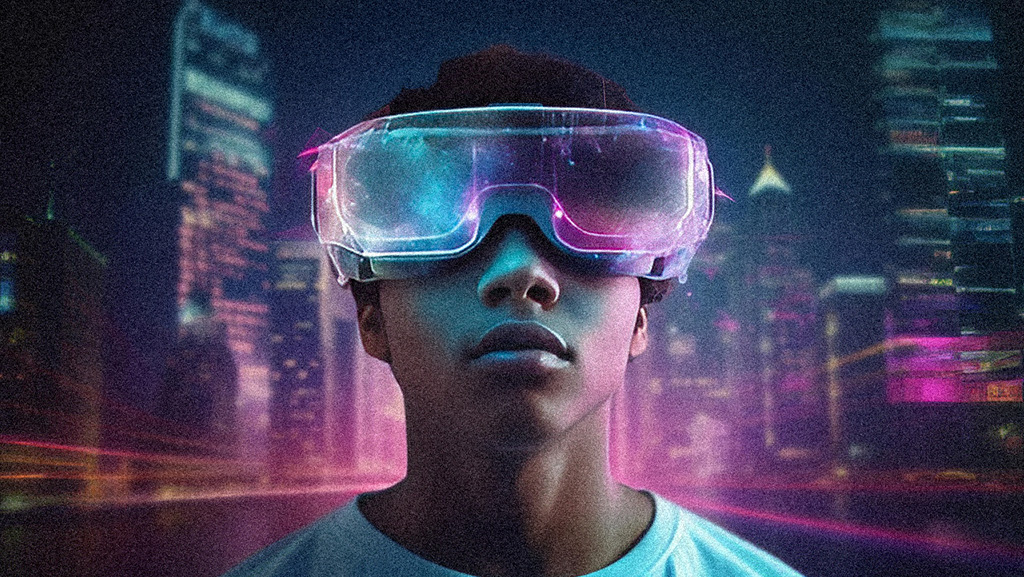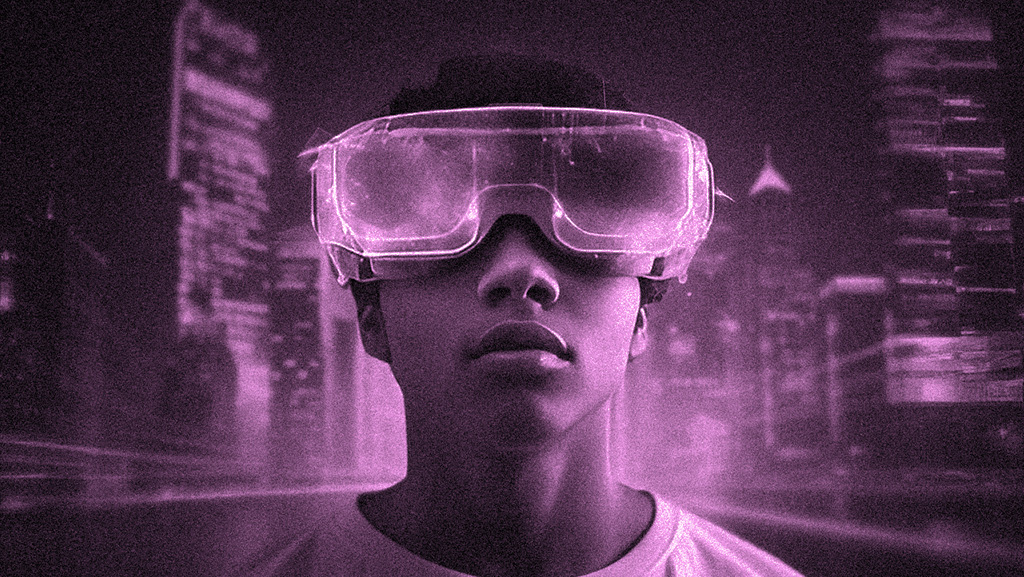Exploring the Metaverse: The Intersection of Web3 and Virtual Reality
Imagine a collective digital space where users can not only interact with each other and with digital environments online but also exist in that space. It is a virtual space that is supposed to mimic reality somehow.
That, in principle, is what a metaverse is – an interconnected network of augmented reality (AR), virtual reality (VR), and the internet, blurring the lines between the physical and digital realms. In the metaverse, users can engage in various activities, such as socializing, working, learning, gaming, and conducting business.
It is also not limited to a singular space. In theory, there can be an infinite number of metaverses, depending on how many are created.
Metaverse in 2023
Although metaverse has existed as a concept for years and has been implemented in many different, less complex forms (VR Chat and MMOs, for example), there has been a growing interest from large tech companies wanting to build their own versions.
Companies like Facebook, who changed their name to Meta to try and capitulate on the idea, have laid plans that envision a future where the metaverse becomes an integral part of our daily lives. Meta’s vision, as outlined by Mark Zuckerberg, emphasizes the Metaverse as the next computing platform, surpassing the limitations of traditional screens and interfaces. Other tech giants, including Microsoft, Google, and Amazon, have also expressed their interest and investments in building their own versions.
What is Web3?

Web3 refers to a new generation of the internet. This new generation aims for decentralization and user-centric principles.
Currently, the Internet is largely centralized and controlled by a handful of major tech companies from around the world. Microsoft, Alphabet/Google, Meta/Facebook, Apple, and a few other major players rule the current internet landscape. Web3 aims to reshape the digital landscape by enabling greater privacy, security, and user control over data and assets. Web3 leverages new-age technologies like blockchain technology, smart contracts, and decentralized protocols to empower individuals and foster peer-to-peer interactions.
How Web3 enables the metaverse?
Decentralized identity:
Web3 implements decentralized identity solutions that allow users to have independent identities that can be seamlessly carried across different virtual reality experiences in the metaverse. Users will be able to maintain control over their personal information, choose what data to share, and verify their identities without relying on centralized authorities within the metaverse.
Digital asset ownership:
Web3 also plans on using non-fungible tokens (NFTs) for asset management. NFTs allow individuals to create, buy, and sell things in an easily verifiable way using blockchain technology. This enables the ownership and transfer of unique and scarce digital assets within virtual reality environments. NFTs can represent virtual real estate, virtual goods, or even avatars, giving users true ownership and the ability to monetize their creations or trade them with others in the metaverse.
Decentralized economy:
Web3’s decentralized finance (DeFi) ecosystem can power virtual economies within the metaverse. Smart contracts and cryptocurrencies facilitate secure and transparent peer-to-peer transactions, allowing users to buy, sell, and trade virtual assets, create decentralized marketplaces, and participate in decentralized governance.
The role of virtual reality (VR) in the Metaverse
Over the past few years, VR technology has improved vastly. Although mainstream VR technology is primarily used for gaming, VR is also used in simulations, training, education, and various professional applications.
The advancements in VR have made it a powerful tool for creating realistic and immersive virtual environments that can replicate real-world scenarios with incredible precision. This is partly why VR is relevant for the metaverse. Here’s how VR enhances the metaverse experience:
Immersive environments:
R can provide a more realistic sense of presence and immersion within the metaverse. Users can step into virtual worlds, explore realistic environments, and engage with objects and avatars in a more intuitive and immersive way.
Social interactions:
VR enhances social interactions within the metaverse. Users can have real-time interactions through their avatars, engage in shared activities, and build connections with people worldwide. VR’s embodiment and spatial audio capabilities create a sense of proximity and enhance the feeling of social presence, fostering a more authentic and connected social experience.
Spatial Computing:
VR introduces spatial computing capabilities within the metaverse, enabling users to interact with digital objects and environments in a more intuitive and natural manner. Users can manipulate objects, build virtual structures, and create interactive experiences through gestures, movements, and haptic feedback, blurring the boundaries between the physical and virtual worlds.




